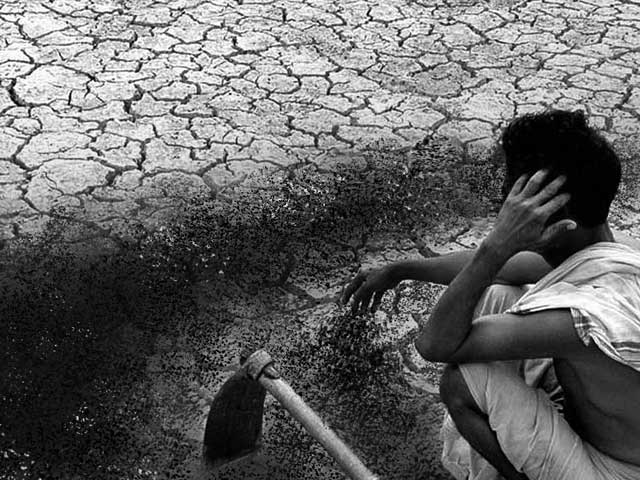Adam Petela
ARCH-4980.3 | Carla Leitao, Adjunct Professor
URBAN GROWTH APPROACHED THROUGH MATERIALISM
ADAM PETELA
Stepping back and understanding the final result (the urban footprint) of city growth maintains an acceptance of the complex systems which contribute to an urban area, but simultaneously eliminates requirement to investigate each and every system individually.
One of the broadest players controlling the phenomenon of urban growth is regional topography. A variety of modes of urban growth typologies each respond directly to the local landscapes of a city. The way in which these modes negotiate the landscape goes a long to determine the formal consequence of the area occupied by a city.
Glaciers and ice fields are objects which are also morphologically responsive to the land which they occupy. Just as a city makes necessary adjustments to reconcile physical growth barriers, glaciers also engage in a dialogue with the landscape. Laws of gravity and the physical properties of water flow are constantly at play within any ice mass and there are relationships between the physical properties of the ice and the physical properties of the land. Each set of characteristics influences the other, creating a feedback loop between the flow of the ice and the condition of the land.
The consideration of the material properties of each body establishes a discourse which considers the masses as closed material systems, and thus each can be analyzed as systems which adhere to the philosophical laws which are specific to the material world. Both bodies are also susceptible to energy fluctuations and resource availability. Rapid physical changes for both glaciers and cities occur during specific periods of energy and resource fluxes.
The glacial analysis serves as inspiration to inform a design proposal which exemplifies many of the characteristics of a glacier, but does not necessarily aim to duplicate the formal aspects of a glacier. The goal is not to equate glaciers and cities, but rather to use the glacier and its complexities as a basis for systems analysis, and as a means to generate new ways of thinking about how complex urban systems can be manipulated.
Using the Rio de Janerio Olympics as an opportunity serves as the beginning of a paradigm shift within the realm of stadia of not only being a sports venue but also including the needs and concerns of the local communities. This thesis is to rethink the stadium to be built and assembled as parts with the intention of being separate and mobile as it travels to different parts of the city to stimulate socio-economic growth.

